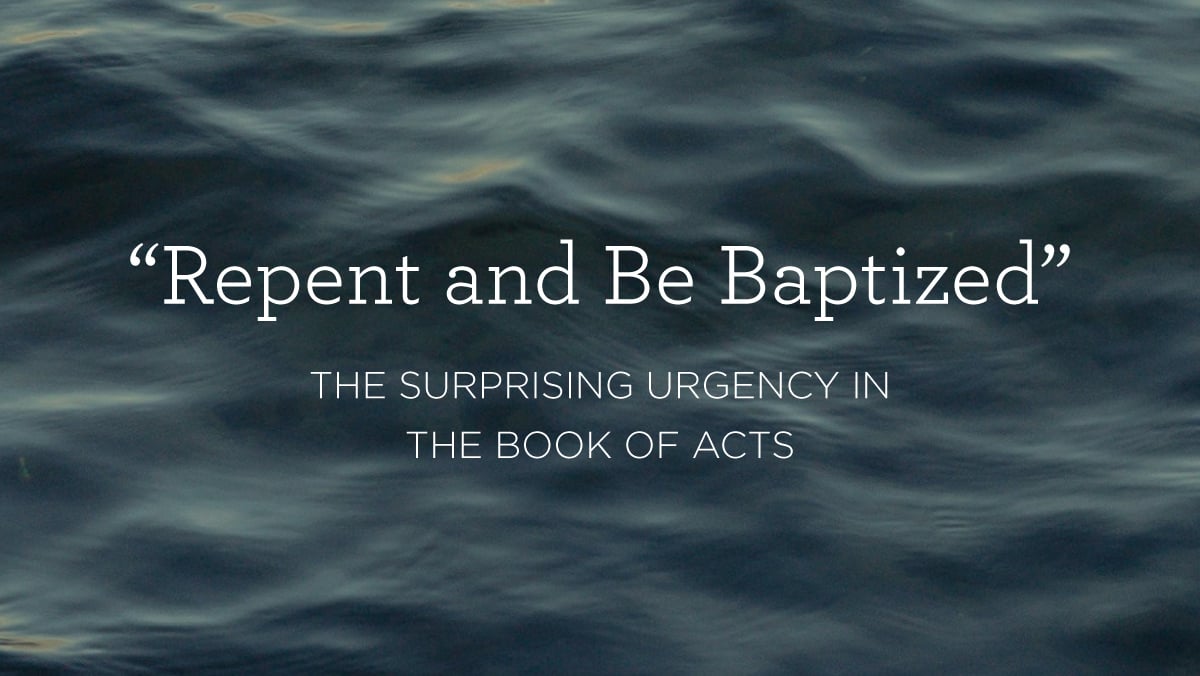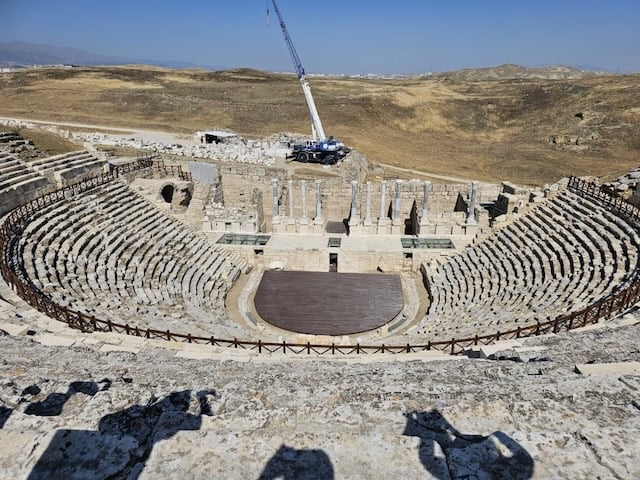There were three sorts of stones referred to in the Bible that were of significance— a cornerstone, which in antiquity was not some showy thing at the corner of a building with the name of donors on it, or the founding date of the building. A second sort was ‘the head of the corner’ which was an L shaped stone which joined togerther two walls at the top, keeping them together and solid at the top. Finally there were keystones in arches like in the picture below. Now the question is— which of these three are referred to in which texts in the Bible?
Obviously, the keystone in the arch is the one at the top in the middle that holds the two sides of the arch in balance and in place. In Ephes. 2.20 we hear of Christ being the ἀκρογωνιαίου, but what does this word mean, which occurs only once in the whole NT? Tbe word literally means extreme angle, or extreme corner perhaps. The basis for this may be the LXX of Isaiah 28.16. In ancient Greek, outside the Bible the word simply does not show up, but by etymology it means an angular rock. Now the question about Ephes. 2.20 and Isaiah 28.16 is this—should we take the reference to the foundation in both of these texts as the clue to what it means, and assume it refers to some part of a foundation? The problem with this conclusion is that Christ is in the heavenlies in Ephesians, and he is ruling from above and holding the church together from above. A keystone would be a better image of his role, for he was not just a part of the church’s foundation. Without Christ holding us to together the whole thing comes apart. In antiquity the most decorated and special stone was the keystone in an arch, as it had the most vital foundation, and while a cornerstone was a square or rectangular stone that was part of a foundation, the keystone was indeed an angular stone, like the etymology suggests. It was certainly not a perfect square or rectangle like a corner stone.
I must conclude then that the most likely meaning of the rare word ἀκρογωνιαίου (indeed a hapax legomena in both the LXX and in the NT and not to be found in ancient Greek literature) in Ephes. 2.20 is keystone, not least because that comports with the whole ethos, and emphasis on Christ being above, being at the right hand of the Father, ruling from above and holding all things together from heaven.











 English (US) ·
English (US) ·